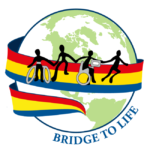Our Founding Story
The Bridge School was founded in 1986 by musicians Neil and Pegi Young, inspired by their son Ben, who was born with Cerebral Palsy. Together with a group of visionary educators and parents—including Marilyn Buzolich and Jim Forderer—they set out to address a gap in the educational system for children with extensive speech and physical disabilities.
What began as a personal mission—to give children like Ben the opportunity to communicate, learn, and thrive—has grown into an internationally recognized model of inclusive education and communication access.
For more than three decades, The Bridge School Benefit Concerts at Shoreline Amphitheatre brought together global music icons like Bruce Springsteen, Pearl Jam, Paul McCartney, and Tom Petty, raising critical funds and awareness. These legendary performances weren’t just concerts—they were lifelines, helping build the future our students deserve. Today, that legacy lives on in every student who finds their voice at The Bridge School—and in every family, school, and professional we support across the country.
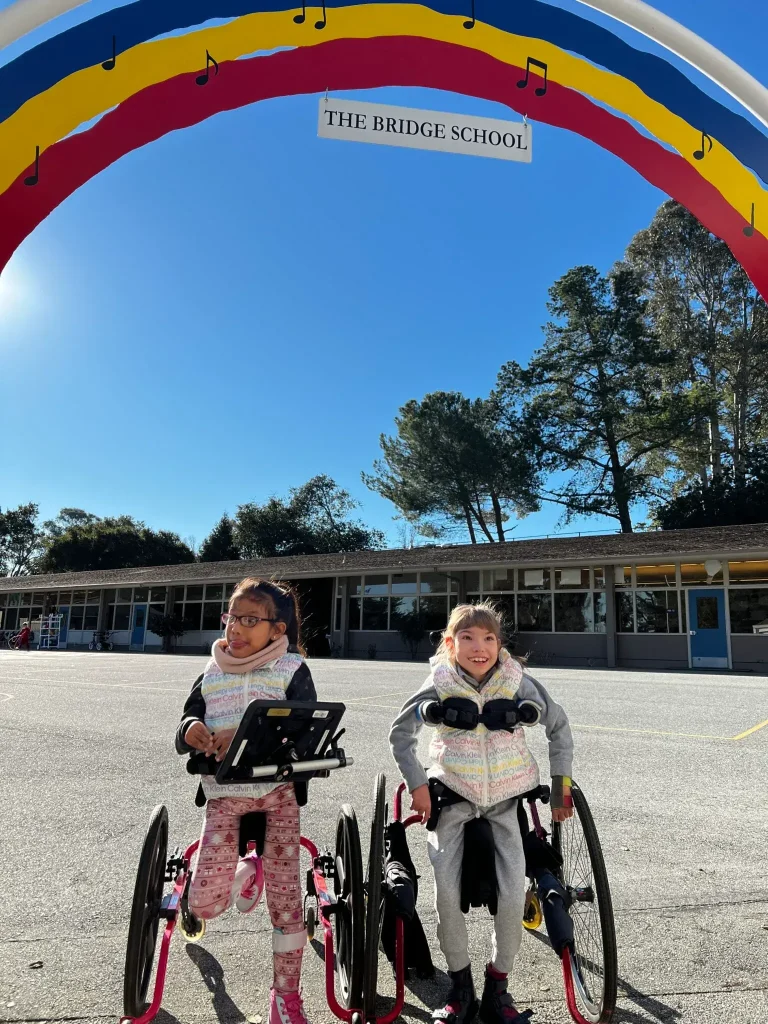
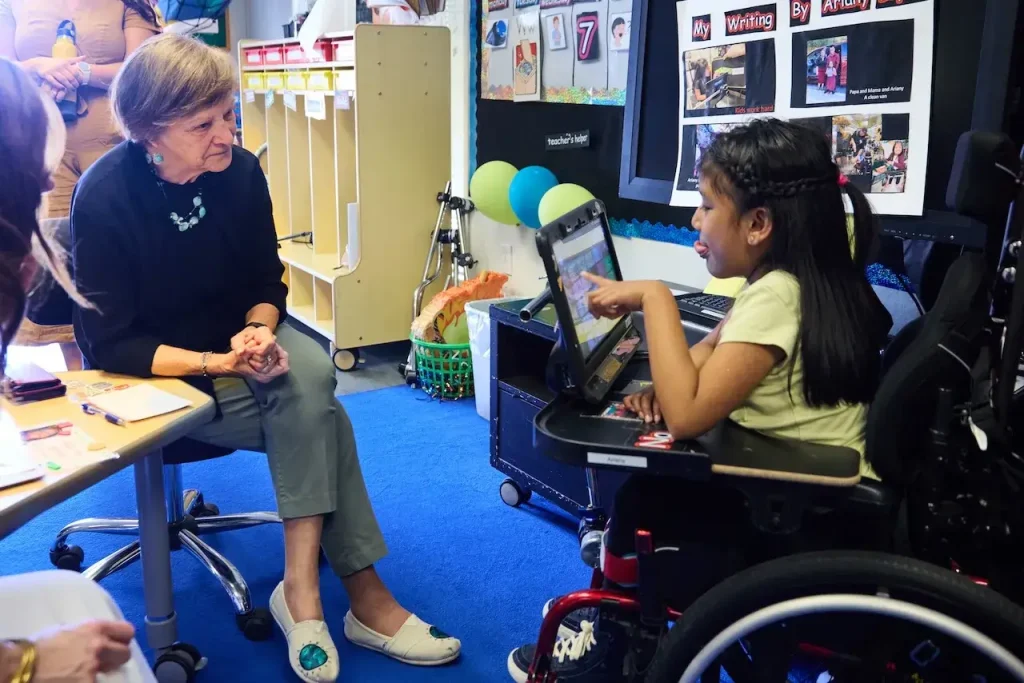
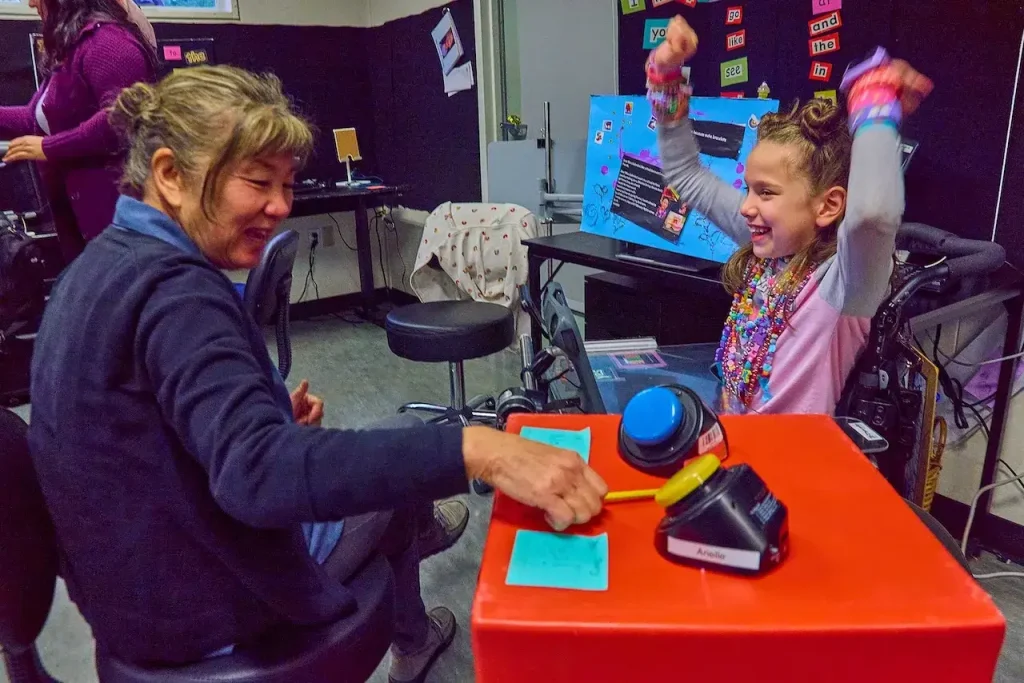
Our Mission & Core Values
The Bridge School’s mission is to ensure that individuals with extensive speech and physical disabilities achieve full participation in their communities through the use of AAC and AT applications and through the development, implementation and dissemination of innovative life-long educational strategies.
Our organization was founded and its mission established on the beliefs that:
- Everyone should have the opportunity to achieve their maximal potential
- Everyone should have the opportunity to share knowledge, express feelings and be heard
- Everyone should actively participate in their own learning
- All children should have access to a quality education that encompasses a broad base of knowledge and experiences
- Children, families, and educators must work in partnership to effectively support learning
- Everyone should have access to a holistic communication system, and technology is a tool that can enhance the communication and learning process
A New Model for Education
The Bridge School reimagines what is possible for children with complex needs. Serving students ages 3 to 13, we specialize in Augmentative and Alternative Communication (AAC), Cortical Visual Impairment (CVI) access strategies, and individualized instruction grounded in assistive technology and collaboration.
Located in Hillsborough, California, our full-day program runs Monday through Friday, from 8:30 a.m. to 2:30 p.m., and is built on deep relationships between students, educators, therapists, and families. We partner closely with each student’s home district—preparing many of our students to successfully return to district settings with the tools and support they need to thrive.

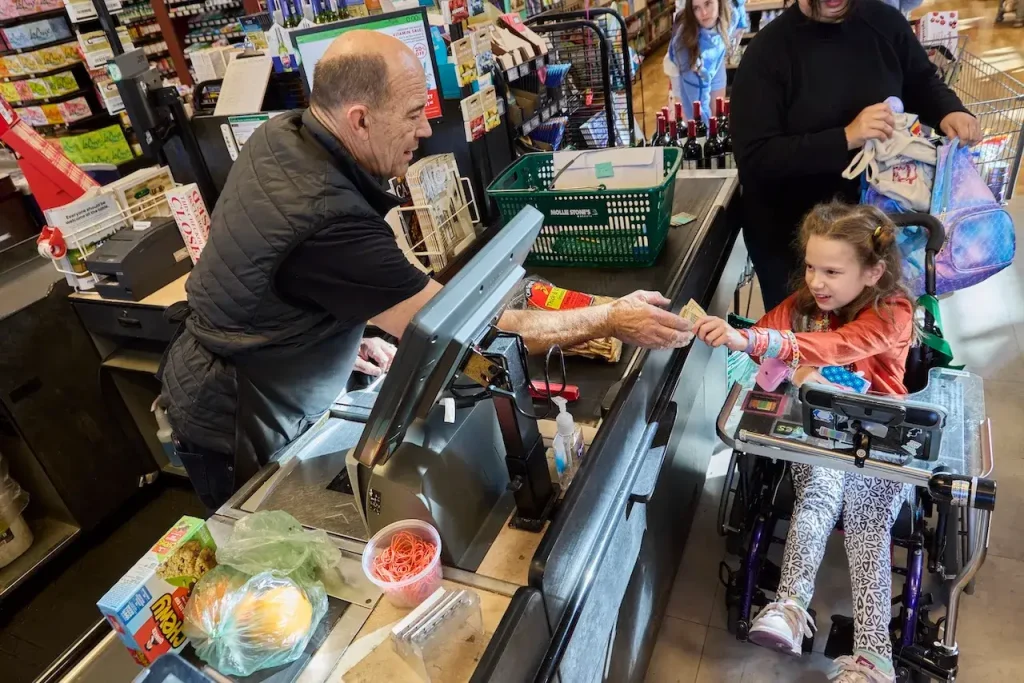
Beyond the Classroom
Not every child who would benefit from The Bridge School can attend in person. Through Bridge to Life, we extend our expertise beyond our campus—offering AAC and CVI assessments, coaching, and consultation to individuals from infancy through adulthood, as well as to schools, and professionals across the country.
Whether guiding a transition, equipping a classroom team, or supporting a family navigating communication challenges, Bridge to Life ensures that more individuals with complex needs have access to the same powerful tools and support.

